Video Library
Learn about a variety of topics by watching National Jewish Health videos. From patient stories and health tips to information about our organization, we hope our videos provide you information and support.
Featured Video: The Hidden Dangers of Wildfire Smoke
The western U.S. is the most affected by wildfires. The west tends to have dryer summers, it has more forests and it just tends to have longer, more intense wildfires.
The heart of the season is really the summer and early fall.
Wildfire smoke generates what we call particulate pollution. Particulate matter pollution is dangerous. It's small, it gets inhaled deep into your lungs, there's a local reaction to it, and sometimes that local reaction can cause body-wide inflammation.
Not all wildfires are actually just burning trees, that smoke can contain burnt plastics, burnt metals if batteries are burning, so it can be a really toxic mix of chemicals, and then when you breathe it in, all those different things can make it very inflammatory.
The most important conditions that are impacted by wildfires in terms of pulmonary disease would be asthma, chronic obstructive pulmonary disease, which is what people think about as smoking related disease, but also interstitial lung disease or pulmonary fibrosis.
If you look at wildfire pollution and risk of heart attack or stroke, we will see that in response to particulate matter pollution, there's an increase risk of having those events.
We ask people to look at the air quality warnings, and on the very worst days where it says it's unhealthy for everyone, if you can modify your activity, maybe not exercise outside particularly in the late afternoon when the air quality is worse, that's definitely something we recommend.
The other advice that we give people is related to indoor air quality. So, for some people if their house that they keep their windows open, the air quality inside can wind up being very similar to the air quality that is outside.
If people have a HEPA filter, which will help keep that air quality inside cleaner, if they can afford to run their air conditioning, those strategies can at least keep the indoor air safer to breathe.
Climate change is making wildfires bigger and worse. What we can do individually is to try and reduce our footprint of greenhouse gas emissions, but we can also be mindful that other pollutants, so just normal gas-fired cars, trucks, a lot of these things which also generate particulates, if we can limit the use of those kinds of equipment and machines, that will put us in a better position to deal with sort of the inevitable increase in pollution from wildfire smoke that we're going to see now and over the next 10 to 20 years.

















































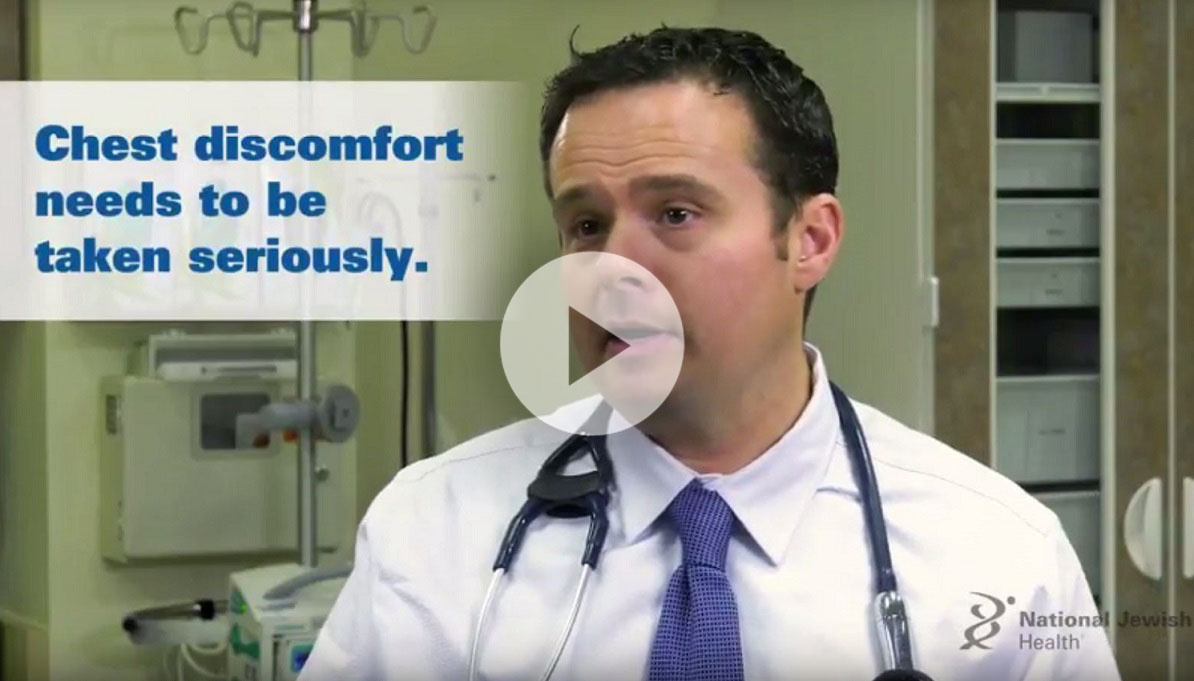.JPG?lang=en-US&ext=.jpg)


-(1).JPG?lang=en-US&ext=.jpg)


.JPG?lang=en-US&ext=.jpg)






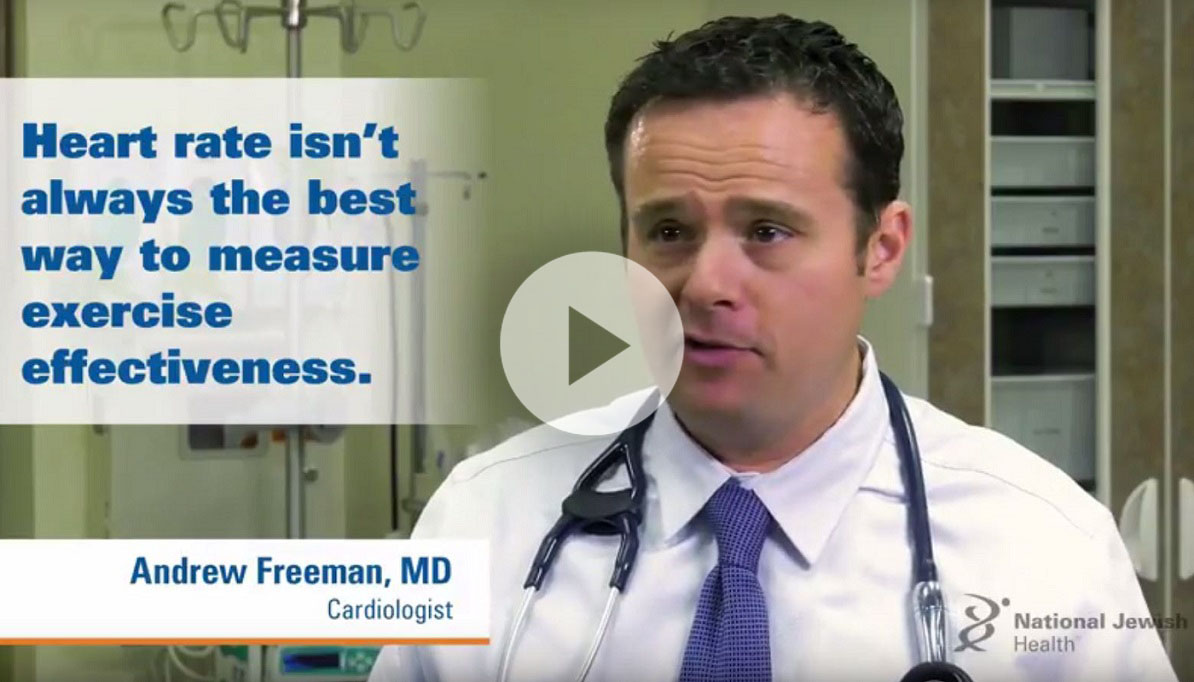.JPG?lang=en-US&ext=.jpg)


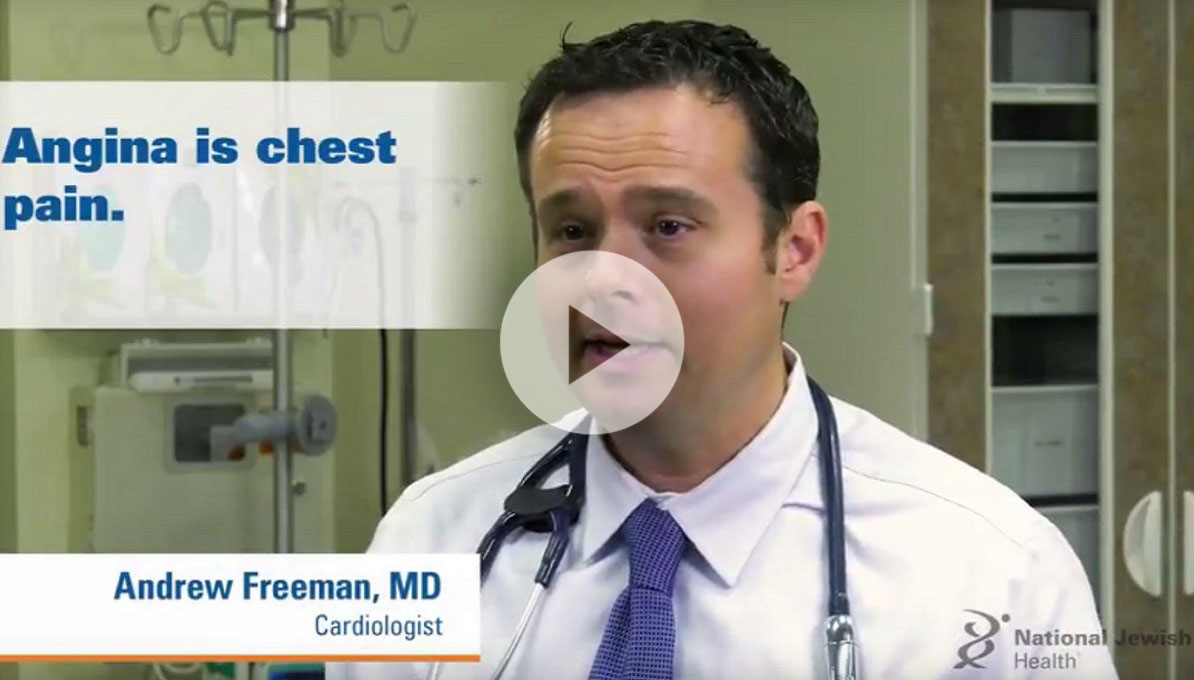.JPG?lang=en-US&ext=.jpg)

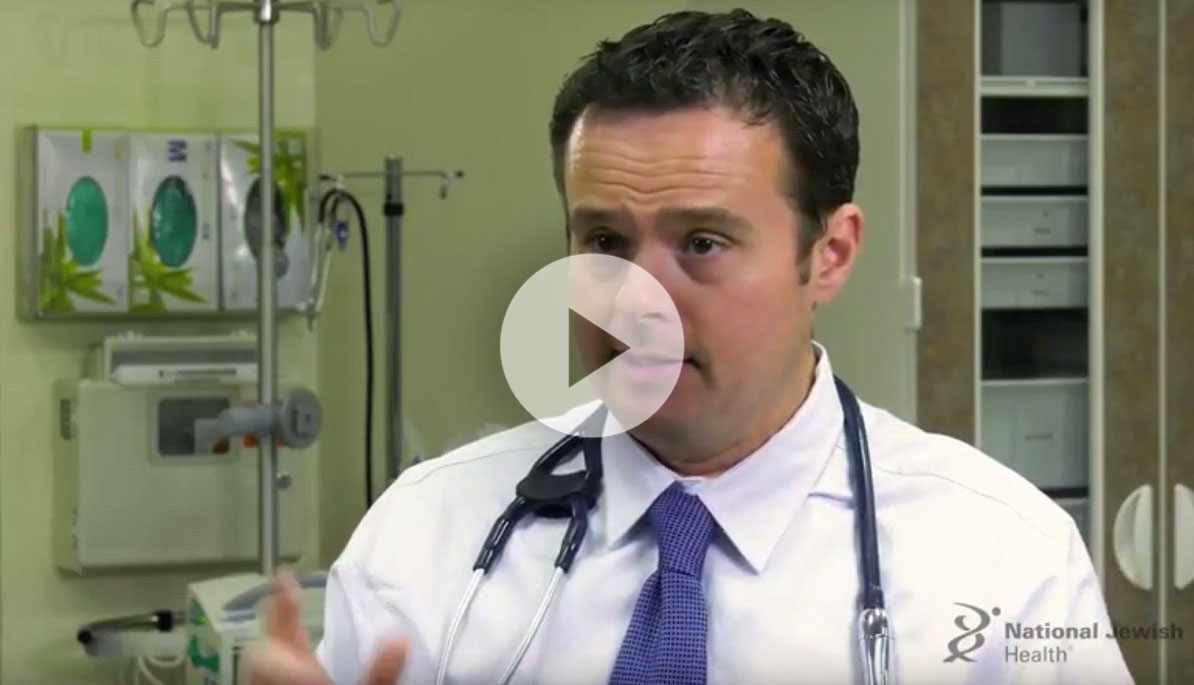.JPG?lang=en-US&ext=.jpg)



-(2).JPG?lang=en-US&ext=.jpg)








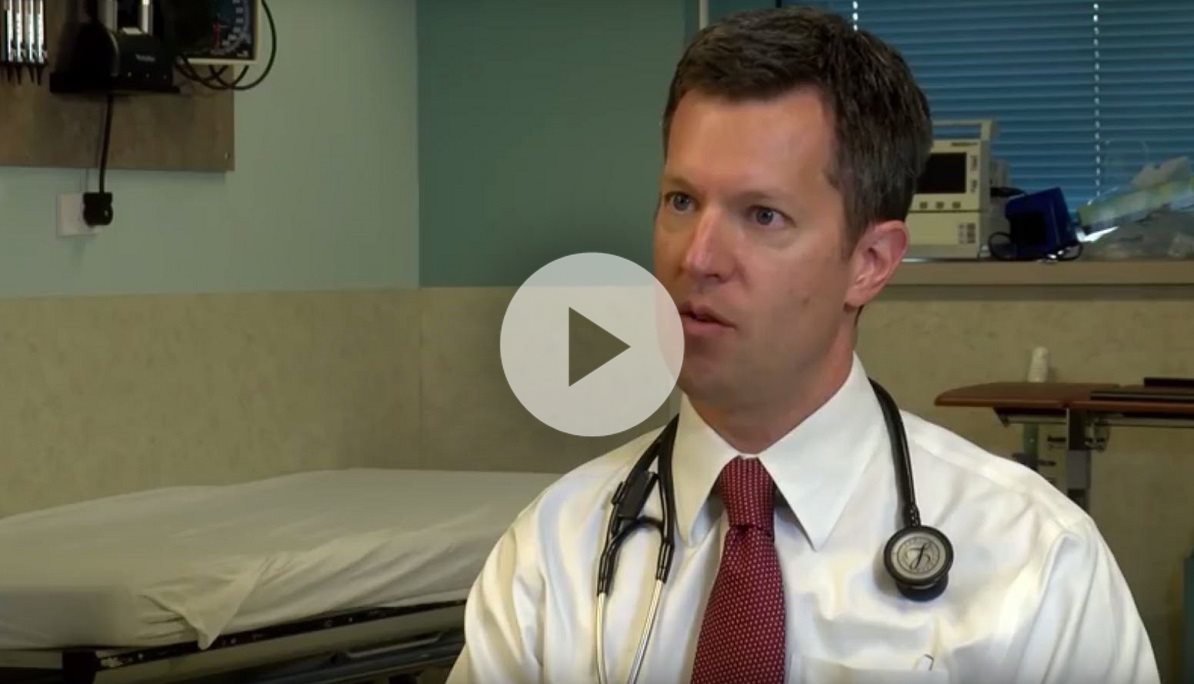.jpg?lang=en-US&ext=.jpg)
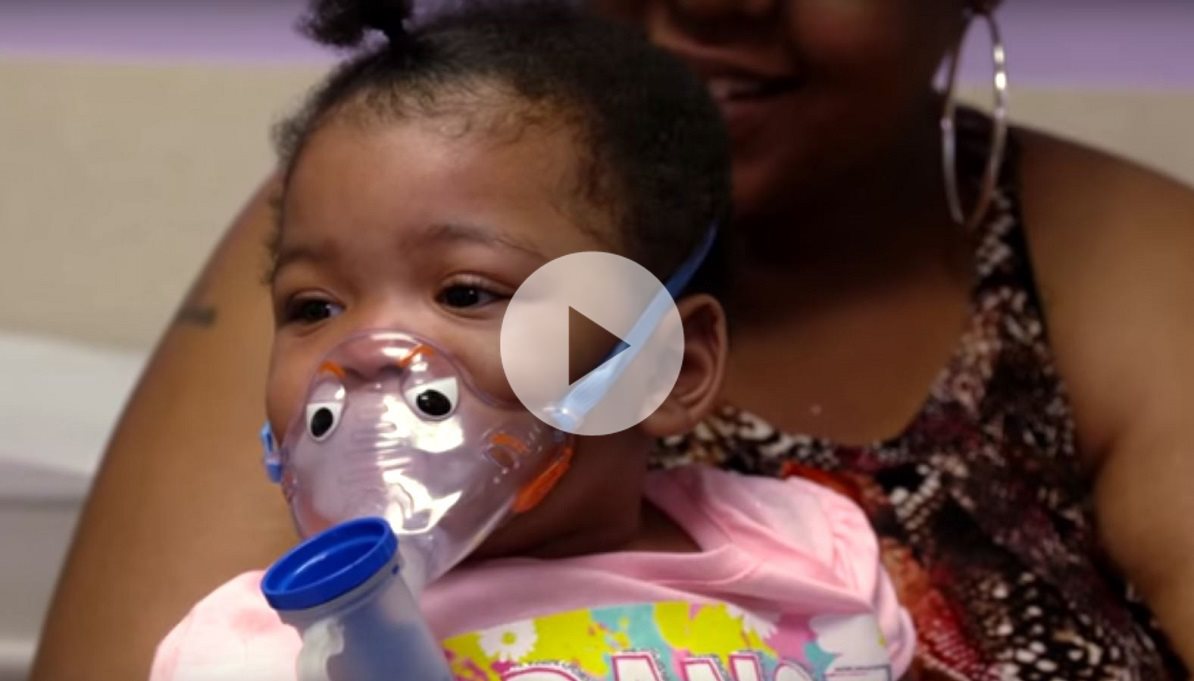.jpg?lang=en-US&ext=.jpg)


.jpg?lang=en-US&ext=.jpg)



.jpg?lang=en-US&ext=.jpg)





















-(1).JPG?lang=en-US&ext=.jpg)



.JPG?lang=en-US&ext=.jpg)

























































